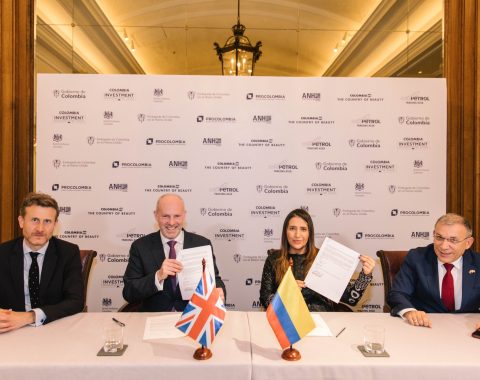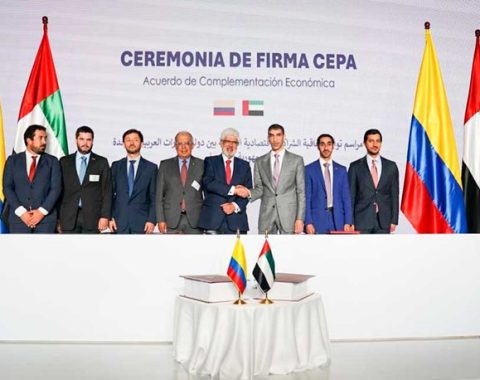The proposal to restructure the global financial system by exchanging foreign debt for climate action is gaining traction among key players. Colombian President Gustavo Petro’s idea has caught the attention of the European Union (EU), International Monetary Fund (IMF), and the United States, with a willingness to explore and discuss its potential. This blog post examines the recent developments and implications of this groundbreaking proposition.
EU’s Openness and Financial Contribution
The EU has expressed its openness to consider and engage in discussions regarding the debt-for-climate-action proposal. European Commissioner for the Environment, Virginijus Sinkevicius, stated that the EU is not opposed to the idea and emphasized the need to establish technical foundations and initiate the necessary conversations. Sinkevicius’s remarks came after his meeting with President Petro during the preparatory meeting of the Amazon Summit in Leticia, where he acknowledged Colombia’s strong commitment to the proposal. Additionally, the EU has pledged a financial contribution of 20 million euros over the next five years to enhance the capacity of countries in the Amazon Basin to mitigate CO2 emissions and adapt to climate change effects.
Biden Administration’s Interest
The Biden Administration in the United States has also shown keen interest in promoting this debate. During President Petro’s visit to Washington, D.C., it was revealed that President Joe Biden personally felt represented by the proposal. Biden had previously advocated for a similar idea decades ago to address a different problem, and he expressed enthusiasm for taking the proposal to the IMF to make it a reality. Such a transformation of the world, wherein public debt is exchanged for climate action, would have far-reaching consequences.
IMF’s Familiarity with Debt Swaps
Debt swaps for climate action and nature are not entirely novel to the International Monetary Fund. The IMF Blog highlights the objective of freeing up fiscal resources for governments to enhance resilience without triggering fiscal crises or compromising other development priorities. Creditors offer debt relief in exchange for commitments from governments, such as decarbonizing the economy, investing in climate-resilient infrastructure, or protecting biodiversity in forests and reefs. This mechanism promotes climate action and protects nature when it would not have been possible without the debt swap. Furthermore, debt reduction beyond new spending commitments provides borrowers with fiscal relief through budget savings. There can be additional benefits, such as improved sovereign debt ratings, which lower the cost of public borrowing. Debt swaps also have the potential to generate income for countries with valuable biodiversity or carbon sinks by charging others for protecting these global public goods.
The Scale of Investment
President Petro highlighted the significant investment required to tackle the climate crisis. At the Paris meeting, African presidents stressed the necessity of investing $3.3 billion per year to save the planet and overcome the climate crisis. Petro emphasized that achieving this ambitious amount would necessitate a transformation of the global debt system. By aligning countries’ efforts in a comprehensive climate action plan, not only can we address the crisis but also stimulate economic recovery.
The proposal to exchange debt for climate action has gained attention from key players, including the EU, IMF, and the United States. The EU’s openness and financial contribution, coupled with President Biden’s interest, indicate the potential for substantial discussions and progress. The concept of debt swaps for climate action and nature is not entirely new, with the IMF recognizing its benefits in freeing fiscal resources and protecting vital ecosystems. However, the scale of investment required, amounting to $3.3 trillion annually, underscores the need for a transformation of the global debt system. By prioritizing climate action and fostering international collaboration, we can generate an economic recovery that maximizes the preservation of our planet’s precious resources.





